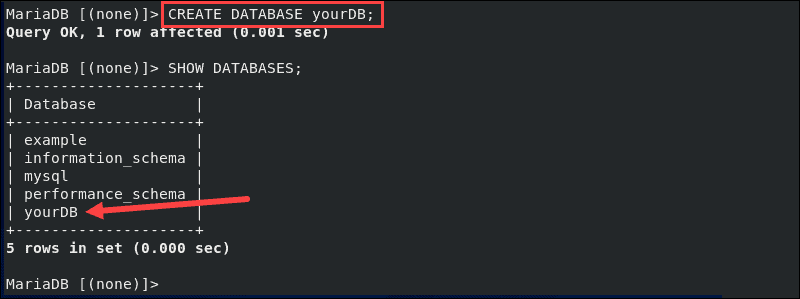How to Create a Database in MariaDB
Creating a database in MariaDB is an essential step in managing your data effectively. Whether you are a developer, a business owner, or a student, understanding the process of creating a database can help you organize and manipulate your data efficiently. In this article, we will guide you through the steps of creating a database in MariaDB.
1. Install MariaDB
The first step in creating a database in MariaDB is to install the MariaDB software on your system. You can download and install MariaDB from the official website https://mariadb.org/. Follow the installation instructions provided on the website to complete the installation process.
2. Access the MariaDB Shell
Once you have installed MariaDB, you need to access the MariaDB shell to start working with databases. You can access the MariaDB shell by opening a terminal or command prompt and entering the following command:
mysql -u root -p
This command prompts you to enter the password for the root user. Enter the password to log in to the MariaDB shell.
3. Create a Database
Once you are logged in to the MariaDB shell, you can create a new database by running the following SQL command:
CREATE DATABASE database_name;
Replace database_name with the name you want to give to your database.
4. Verify the Database Creation
To verify that the database has been created successfully, you can use the following command to list all the databases in MariaDB:
SHOW DATABASES;
You should see the name of the database you just created in the list of databases displayed.
5. Grant Privileges (Optional)
If you want to grant specific privileges to a user for the database you have created, you can use the following command:
GRANT ALL ON database_name.* TO 'username'@'localhost';
Replace database_name with the name of your database and username with the username you want to grant privileges to.
6. Conclusion
Creating a database in MariaDB is a simple process that can be done in a few steps. By following the steps outlined in this article, you can create a database, verify its creation, and grant privileges to users as needed. Understanding how to create and manage databases is essential for anyone working with data, and mastering this skill can help you become more efficient and organized in your data management tasks.
